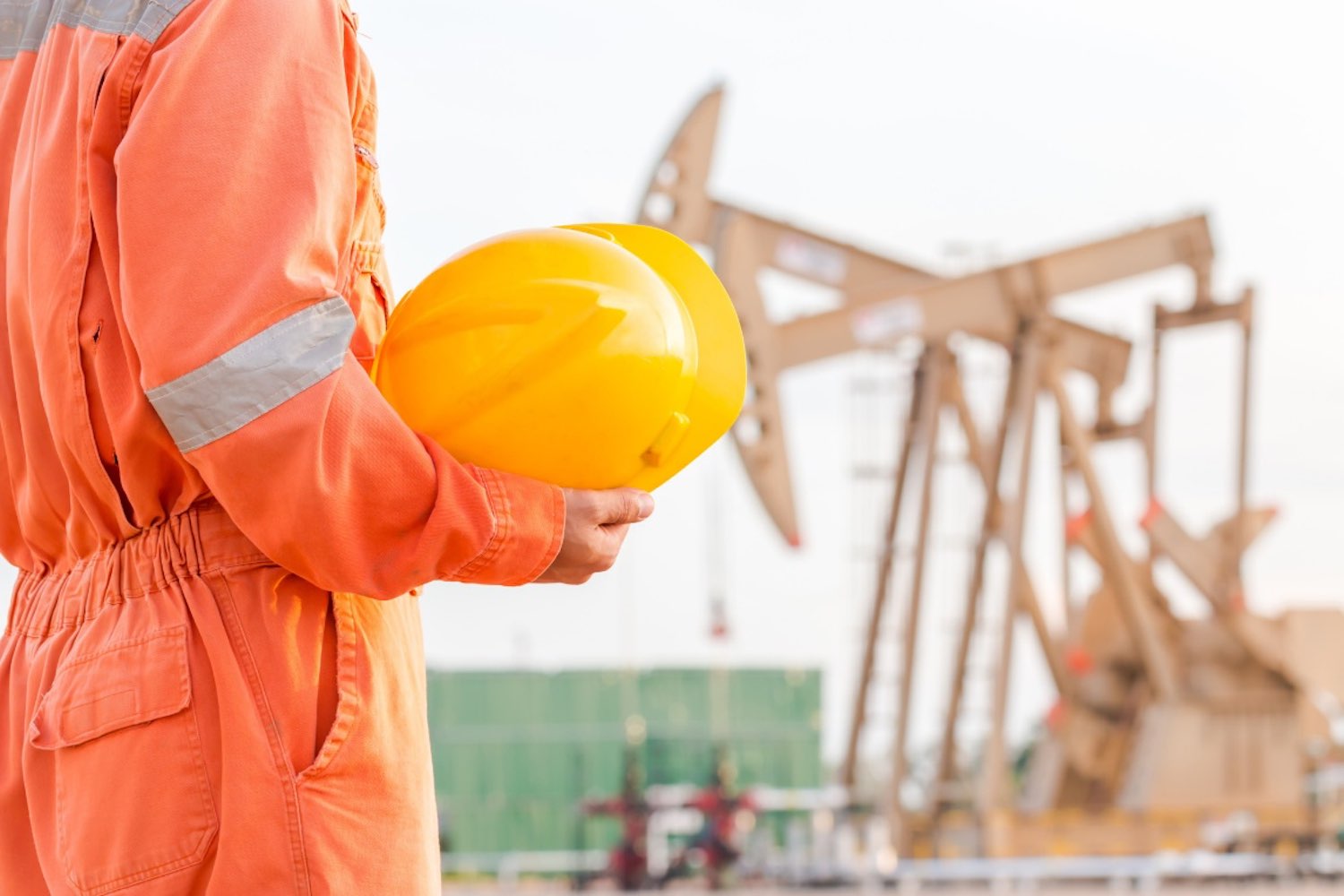With construction workers building, chefs expertly handling sizzling woks, and doctors caring for patients – every workplace, each with its unique pace, has one thing in common: the importance of safety.
Ensuring a safe workplace goes beyond just following the law; it’s a joint duty that brings advantages to both employees and employers. Now, the question is: How can we seamlessly integrate safety into the daily rhythm of our work?
Employer’s Armor: Proactive Protection
To start, employers play a key role as safety architects, setting the groundwork. It’s essential to grasp regulations like those from OSHA, ensuring adherence and showcasing commitment. Yet, regulations are like a plan; the real effort lies in spotting and managing hazards.
Regular checks, employee input, and proactive risk assessments act as vigilant scouts, pinpointing hidden dangers in processes, equipment, and even seemingly routine tasks.
Once identified, these hazards need addressing. Here comes the “hierarchy of controls,” a step-by-step method to minimize risk. Ideally, we aim to get rid of the hazard, such as swapping risky chemicals for safer options.
If that’s not doable, substitution – using less harmful equipment – becomes the next defense. Engineering controls, like adding machine guards, follow, then administrative controls like setting work hour limits and clear safety procedures. Finally, when all else fails, personal protective equipment (PPE) gives the last layer of defense.
Yet, safety isn’t just about rules and gear; it’s about knowledge and empowerment. Thorough training on specific hazards, emergency procedures, and proper PPE use equips employees to navigate their work confidently.
Encouraging open communication builds trust, letting employees voice concerns about unsafe conditions without fear. Remember, reporting a near miss is preventing an accident.
Employee’s Shield: Active Participation
Workers also play a crucial part in shaping a safety culture. Being aware of your rights is essential – you deserve a safe workplace, and reporting unsafe conditions is not just something you’re allowed to do; it’s your duty.
Actively engaging in safety efforts, adhering to established procedures, and using personal protective equipment (PPE) correctly aren’t just guidelines; they act as shields, safeguarding both yourself and your colleagues.
Managing the Threats
Certainly, the types of hazards vary across industries. Construction sites need strict rules for scaffolding and fall prevention, while labs require careful chemical handling procedures. Even offices, though seemingly safe, have ergonomic and stress risks that require careful attention. Identifying these specific threats and tailoring safety measures accordingly is crucial.
Workplace safety goes beyond physical harm. Stress, burnout, and harassment can impact mental health. Encouraging open communication, providing mental health resources, and creating a supportive work environment are vital for safeguarding employees’ psychological well-being.
In the end, safety is a joint effort, a continuous collaboration between vigilant employers and engaged employees. Prioritizing safety leads to fewer accidents, lower insurance costs, and a more productive workforce. Employees benefit from a healthier work environment, knowing their well-being is valued.
This commitment to safety isn’t just a legal requirement; it’s an investment in human capital, the foundation of a thriving workplace. While accidents may still happen, even with the best safety measures, a personal injury lawyer can step in as an advocate, seeking fair compensation and navigating legal complexities after an injury.
Remember, a safe workplace isn’t just a goal; it’s an ongoing journey, built on proactive measures, shared responsibility, and a genuine commitment to everyone’s well-being. Let’s make safety the common thread in every workplace, creating a tapestry of success, productivity, and, most importantly, human well-being.









